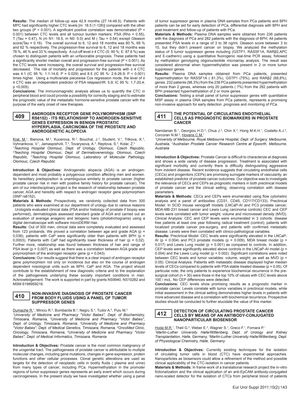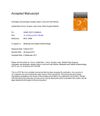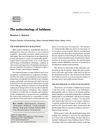Detection of Circulating Prostate Cancer Cells by Means of an Antibody-Conjugated Nanoparticulate Biosensor
March 2011
in “
European Urology Supplements
”

TLDR The document concludes that a new biosensor can efficiently detect prostate cancer cells and that standardized referrals help find significant cancers effectively.
The document from 2011 discusses various studies on prostate cancer, benign prostatic hyperplasia, and androgenetic alopecia. One study with a median follow-up of 42.9 months found that higher levels of circulating tumor cells (CTCs) in patients with metastatic prostate cancer were associated with a worse prognosis. Another study involving 300 patients found a correlation between androgenetic alopecia grade and androgen receptor gene polymorphism, indicating its influence on androgen-dependent conditions. A third study showed that hypermethylation of tumor suppressor genes in plasma DNA samples could help in the early detection of prostate cancer. The document also describes the development of an antibody-conjugated nanoparticulate biosensor for efficient detection of CTCs. Additionally, a study of 397 men referred for prostate cancer diagnosis found a 42% cancer detection rate, with 46% of biopsy-proven cancers being high risk. The study concluded that standardized primary care referrals were effective in detecting clinically significant cancers and that age may not affect the aggressiveness of low risk prostate cancer, based on data from 1637 patients.





